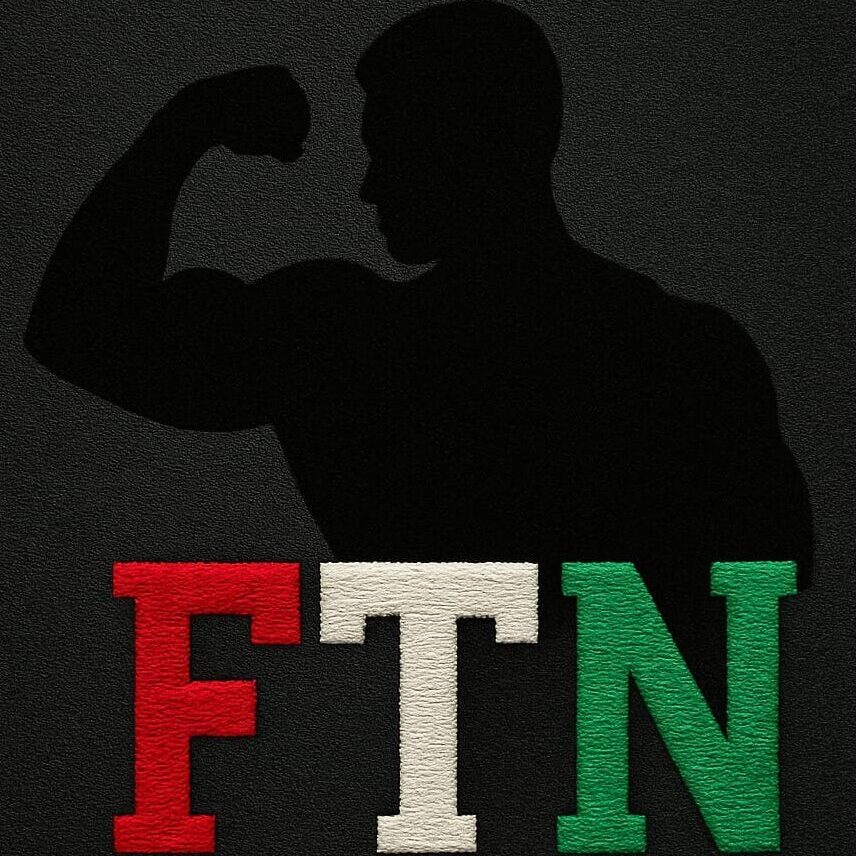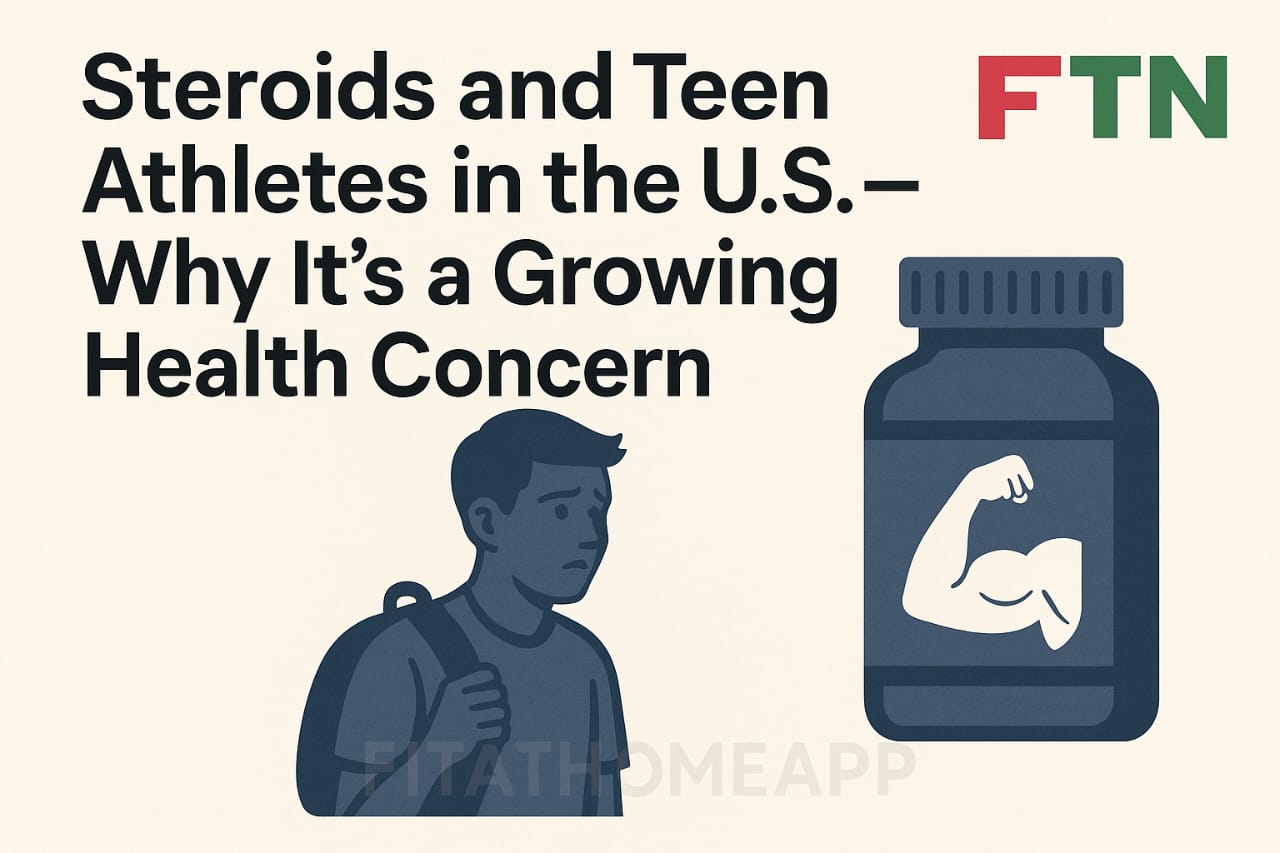In the high-pressure world of youth athletics in the United States, the temptation to gain a competitive edge has led many teenage athletes down a dangerous path—the use of anabolic steroids. Once considered an issue limited to elite athletes and bodybuilders, steroid use is now infiltrating high school locker rooms and amateur competitions, sparking widespread concern among health professionals, educators, and parents alike.
🧬 Understanding Steroids: Types and Intended Uses
Anabolic-androgenic steroids (AAS) are synthetic versions of testosterone, the male hormone responsible for muscle growth and male traits. These substances are designed to:
Promote muscle mass
Improve athletic performance
Speed up recovery time
Popular types include:
Testosterone
Nandrolone
Stanozolol
Oxandrolone
⚕️ Legitimate Medical Use
Doctors prescribe anabolic steroids for specific conditions like:
Delayed puberty
Muscle-wasting illnesses (e.g., cancer or AIDS)
Certain anemias
When used correctly under medical supervision, they can greatly improve quality of life. But outside the medical context—especially in young athletes—misuse can be extremely dangerous.
🚨 The Problem Among Teen Athletes
For many teens, the desire to win, look stronger, or secure college scholarships becomes overwhelming. Steroids promise quick gains—but teens often don’t understand the permanent physical and psychological damage they risk. The black-market accessibility and misinformation online only worsen the situation, normalizing steroid use without proper education or warnings.
⚔️ The Pressure to Perform: Why Teen Athletes Are Turning to Steroids
🎯 High-Stakes Competition
Teen athletes are frequently under intense pressure to outperform others in:
High school sports
AAU leagues
College recruitment circuits
This pressure can lead them to believe that natural talent and hard work aren’t enough, making steroids appear as a “necessary evil” for success.
🗣️ Influence from Coaches & Peers
Some coaches (knowingly or unknowingly) emphasize winning above all, subtly encouraging shortcuts.
Teammates who use steroids and see results can sway others to follow suit.
A culture of silence and peer validation makes it harder for teens to say no.
📱 Media & Unrealistic Body Standards
Social media is filled with shredded physiques, “before-and-after” transformations, and influencer promotions—most without context. Teenagers see:
Muscles = popularity, confidence, and success
Anything less = not good enough
These portrayals distort reality and pressure young athletes to take drastic measures.
💰 Scholarships & Future Opportunities
For some, an athletic scholarship is more than a goal—it’s the only way out of financial hardship. The fear of falling behind can lead teens to prioritize short-term success over long-term health.
🚑 The Hidden Dangers: Health Risks of Steroid Abuse in Teens
Using steroids as a teen is particularly dangerous because the body and brain are still developing. The damage can be severe and irreversible.
🧬 Hormonal Chaos
Steroids interfere with the body’s natural hormone production:
Boys: shrunken testicles, breast tissue growth (gynecomastia), infertility
Girls: deepened voice, increased facial hair, menstrual irregularities
Both: increased risk of permanent reproductive issues
📉 Stunted Growth
Steroids can cause premature closure of growth plates, leading to:
Shorter adult height
Irreversible changes in bone development
🧠 Psychological Side Effects
The mental health consequences are just as alarming:
“Roid rage” – intense aggression and mood swings
Depression and anxiety during and after use
Addiction-like dependency for self-esteem and performance
💔 Organ Damage & Risky Behavior
Steroid abuse has been linked to:
Liver damage and tumors
Heart problems including hypertension and increased stroke risk
Reckless behavior (e.g., substance abuse, violence, risky driving)
🛡️ Prevention & Support: Stopping the Cycle Before It Starts
The fight against teen steroid use isn’t just about saying “no”—it’s about creating a supportive, educated, and healthy environment where teens don’t feel the need to turn to these drugs in the first place.
🏫 School Education Programs
Schools should offer age-appropriate, evidence-based education that covers:
The dangers of steroid use
Natural alternatives like strength training and nutrition
Stories and case studies from real people affected by steroids
Guest speakers, workshops, and athletic department policies can further reinforce these messages.
👨👩👦 Parental Involvement
Parents should:
Encourage open, judgment-free conversations
Ask about performance goals and social pressures
Promote health-first values, not just wins and stats
By building trust, parents can help teens make smarter, safer decisions.
🧑🏫 Coaches as Role Models
Coaches are in a powerful position to shape athletes’ values. They should:
Reject win-at-all-costs culture
Emphasize effort, character, and teamwork
Monitor for signs of steroid use (sudden muscle gain, mood swings, secrecy)
Creating a team-first, health-focused environment reduces the lure of performance-enhancing drugs.
🩺 Medical Professionals in Schools
School nurses and sports medicine professionals can:
Educate students during routine checkups
Identify early warning signs of steroid abuse
Refer at-risk athletes to mental health or medical support
📚 Real Talk: The Stories Behind the Stats
Behind every statistic is a teenager trying to fit in, succeed, or meet expectations. Some teens start using steroids to look like their heroes, others because they think it’s the only way to get recruited. Unfortunately, many of them suffer lifelong health consequences from decisions made too young and without guidance.
Sharing these stories—whether through school assemblies, online campaigns, or one-on-one conversations—helps humanize the issue and gives teens permission to choose a healthier path.
🎯 Conclusion: Building a Healthier Future for Teen Athletes
Steroid use among teen athletes is not just a sports issue—it’s a mental health, education, and societal values issue.
To change this growing trend:
We need to replace pressure with support
Educate teens before peers and social media misinform them
Celebrate hard work, character, and resilience—not just trophies and six-packs
Ultimately, the goal is to empower young athletes to chase success safely, confidently, and naturally—knowing that true strength lies in integrity, not shortcuts.
🎥 Watch this eye-opening segment with Dr. Phil on how social media influences teen steroid use:
🎥 My Personal Insight – “How Social Media Is Creating a Steroid Epidemic Among Young Men”
This video delivers a stark look into how social media platforms are unwittingly—or at times intentionally—fueling a steroid crisis among teen athletes. It perfectly reflects the article’s theme that pressures from influencers and exaggerated body ideals can push vulnerable teens toward dangerous shortcuts.
I appreciate the video’s clarity in tracing how admiration for muscular bodies can devolve into desperation for quick fixes, especially when platforms constantly showcase hyper-muscular physiques as the norm. For added impact, I would welcome short clips of recovery stories or coach-led guidance that reinforce healthy role modeling.
Overall, this video amplifies your message by giving readers a compelling reason to pause and reflect: true athletic development begins with mental strength and integrity—not just physical appearance

